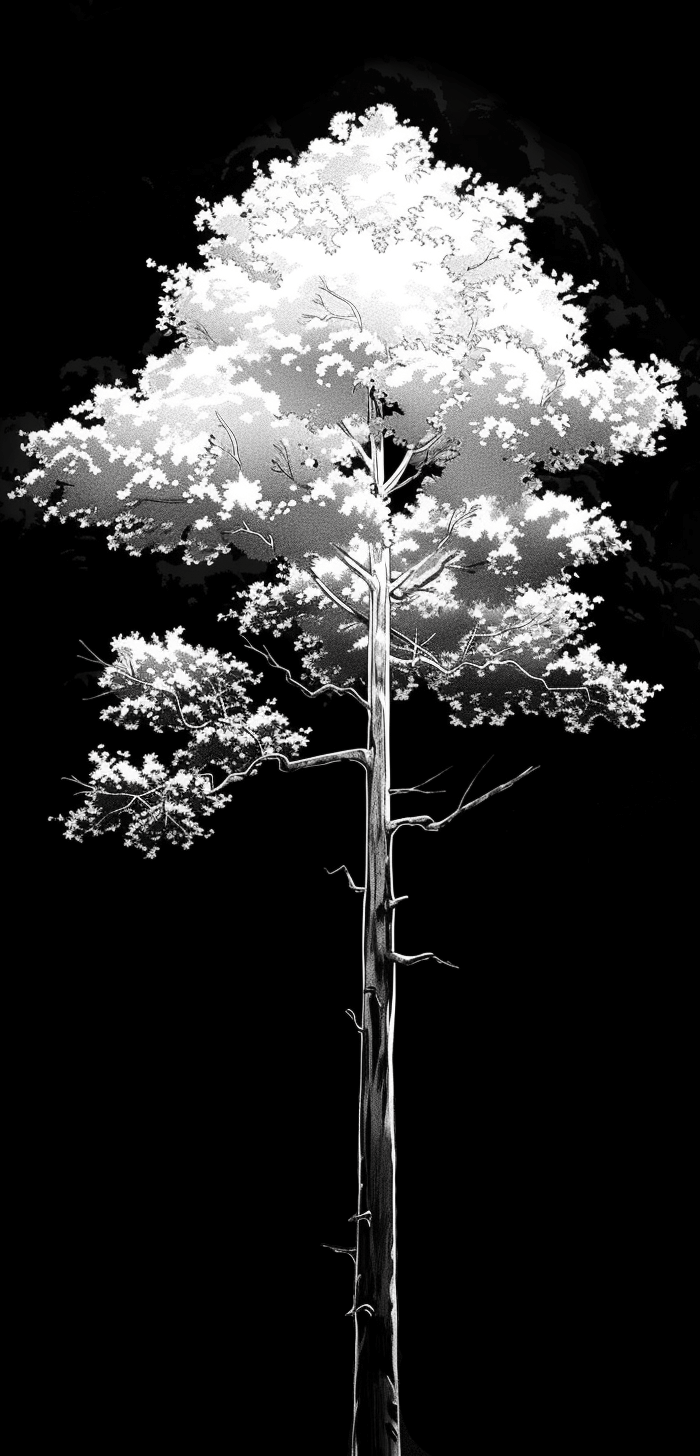Digital Minimalism

My brother bought me a copy of Cal Newport’s book, Digital Minimalism, a few years ago—long before I realised it was an unexpected antidote to a nagging feeling that I’ve had for quite some time now: the feeling that the colours, vibrancy, and general aliveness of life and everything in it seemed brighter when I was younger.
The world tells you to write thoughts like that off as seeing things through “rose-tinted glasses” or that it’s just nostalgia talking and you’re only remembering the highlight reel rather than the mundane, but I believe that this quiet dissatisfaction was more than just a longing for the “good ol’ days.” For instance, how come I can recall the feeling and texture of the door that led into my late granny’s house? I can’t recall my own front door that easily.
As you’ve probably guessed, this is another “phones = bad” piece, but I want to bypass the usual talk of addiction and how these things are rewiring our brains in unhealthy ways and share my experience in adopting digital minimalism and the unexpected upshot of cultivating something that feels like real-time nostalgia.
Technology Constrains Awareness
Again, I don’t want to cover the angles that Cal has expertly documented, like social media’s repeated spiking and exhausting of our dopamine receptors. Instead, I’ve noticed how my own device addiction has constrained my awareness.
When we cup our devices in our hands, they reduce sensory inputs down to a limited, one-dimensional nature. The screen is flat, there is no variance in texture, no associated smell—it’s mostly just visual representations of things in a small box with no additional senses apart from sound on occasion. Our awareness becomes confined and tunnel-like as the world around us just passes us by.
By contrast, the awareness I had as a child was the opposite. It was multi-sensory, big, wide, open, bright. The act of noticing happened because it was a muscle that couldn’t help but be trained every day. There was no living in a physical world as well as the barely noticeable transition to living in a virtual world that we make every day in the present world. Awareness was unbound, alive, connected.
Integrating Digital Minimalism
I was likely living in denial about phone addiction. I knew I had a habit of using it a lot during the day, but as I started going down the digital minimalism rabbit hole and reading up everything I could put my hands on, something about my screen time seemed off compared to the numbers that various authors were reporting. I was easily clocking up a minimum of 5+ hours of usage a day, which I had thought was an average amount… turns out it wasn’t anywhere near average.
My stomach sank thinking about what I would do if I could get all of that time back. It was the perfect kick up the ass to start living out the ideas and practices in the book. Cal Newport’s suggested 30-day social media fast exercise inadvertently became a 5 months and 23 days fast (and counting) through the sheer power of an integrated habit1.
Then I started getting fiercely protective over my attention—and I needed to go there mentally otherwise it wouldn’t work and old behaviours would take over. Integration had to be brutal to be effective. I adopted language with regards to attention being “stolen” which reframed any culprits with disgust and a burning desire cut them out.
Steps included:
- Removing all apps except messaging and calls
- Blocking all notifications from my Apple Watch except for Activity. (The Apple Watch itself might be next in line to go in favour of an analog watch)
- Mass unsubscribing from all newsletters (apart from the ones I really care to read). This took weeks to complete and was oddly satisfying. Do yourself a favour and don’t use a service to do this for you. The action of pressing the unsubscribe button feels like another micro-commitment to the cause
- Adding the Screen Time widget to my home screen as a reminder of how much attention has been stolen today
- Buying a phone safe. Not a novelty one, a proper heavy one that I can’t open until the timer expires.
- Finding alternative habits. This is one of those things that people say in a breezy manner, but again this requires a brutal change in your identity for it to really stick
During the first few weeks, I found myself reaching for my phone even when it wasn’t in my pocket, which really hammered home the fact that I had some unhealthy, unconscious addictive behaviours associated with my phone that I wasn’t fully aware of until I stopped using it. This happened a lot when I found myself waiting for something.

To remedy this particularly tricky habit, instead of trying to use willpower to stop the action, I bought a nice soft cover A6 notebook that fits neatly in my pocket. Now when I reach for my phone, I pull the notebook out instead and write. And I’ll shamefully admit, I have got significant mileage out of doing the judgey thing of looking at others in a waiting situation with their heads craned down and locked on their device—it gives me a little kick of feeling superior which further helps my integration. The books don’t tell you that part, and I shouldn’t have told you that part, but I’ll admit it here because it works for me and my fragile ego and it might help break the spell for you too.
Progress Report
I’m about 6 months into the journey, and as I mentioned at the beginning, it has been something of an antidote to the numbing of experience that comes with constraining awareness.
I have noticed that:
- My attention span expanded after learning to lean into boredom again. Remember boredom?
- My awareness expanded from the tunnelled version that came with my device usage towards something much broader and much more present
- Instead of feeling nostalgic for childhood experiences (or, controversially, Lockdown #1), I noticed I started to get that same feeling about last week, yesterday, and sometimes, that feeling about this very morning
- Feelings of time slowing down
Much of the Buddhist literature points out that thinking (or more specifically, the identification with thought) is the source of suffering, and—that sense of dissatisfaction that has crept into my own life the further I get from childhood. I’d add that device usage falls into a very similar category with regard to obscuring our awareness in the immediate now. Thankfully, there seems to be an undo button.
-
I find a lot of the talk about habits is quite surface-level, not really getting into how powerful and identity-changing actually integrating these habits can be. ↩